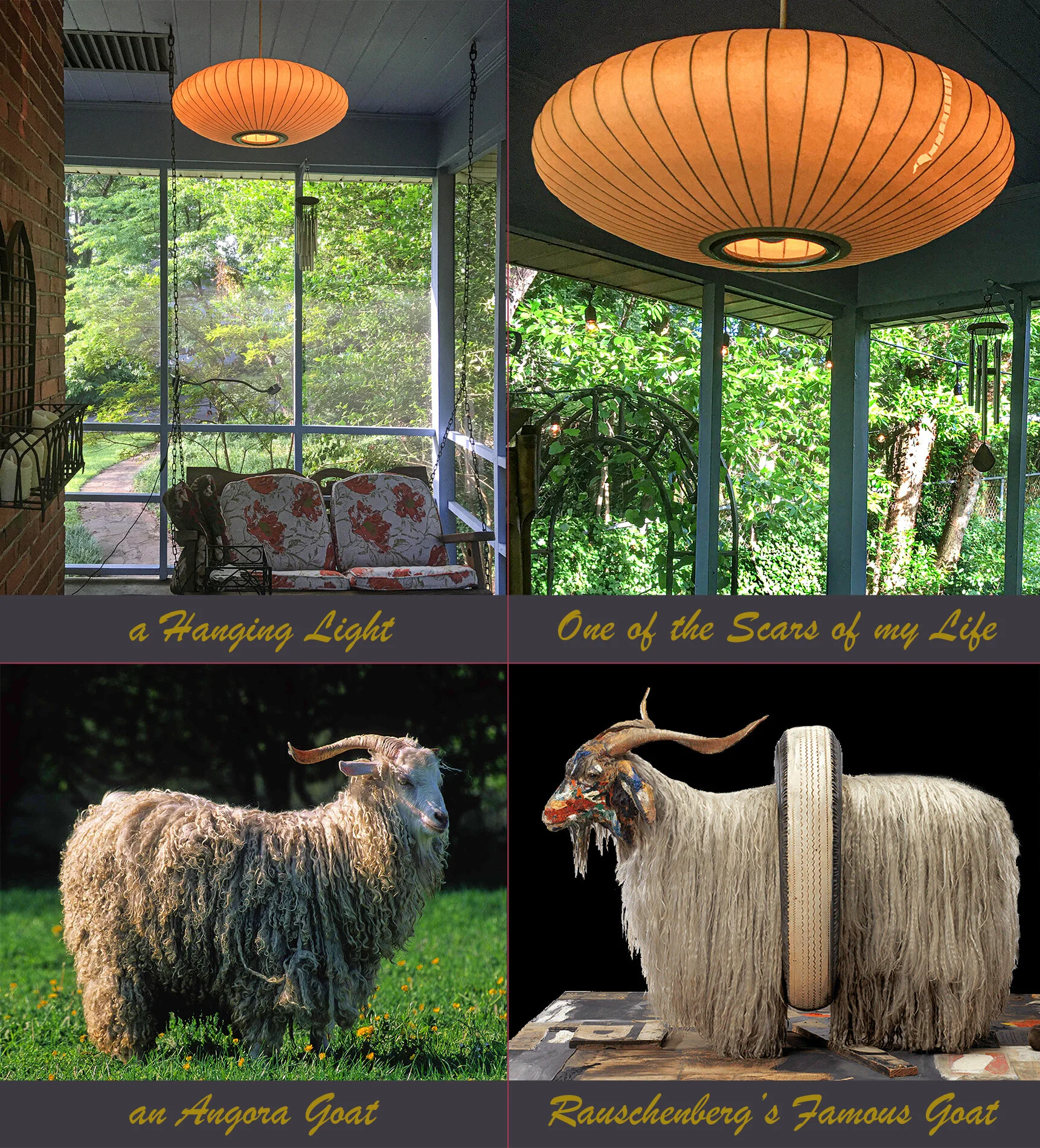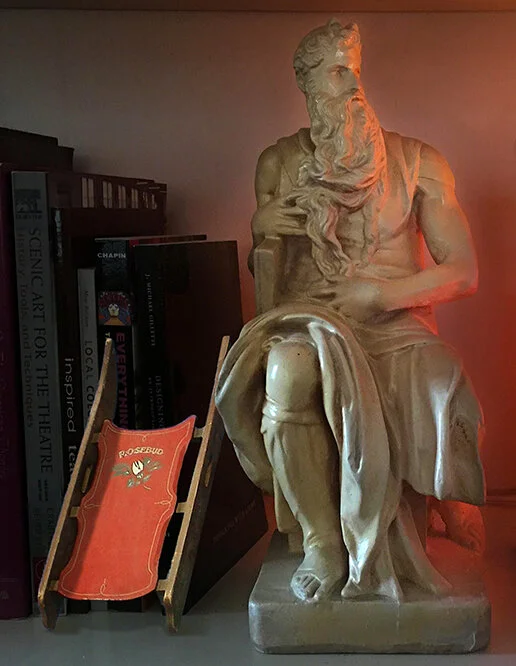Finding the Perfect Light
By Cliff Simon
There is a quick throwaway line in the exquisite 1980 movie, Resurrection, when the lead character Edna, (Ellen Burstyn), after having died in a car crash followed by several minutes walking through the tunnel towards the light, suddenly returns to life and discovers she now has the power to heal. She’s been partially paralyzed by the accident, and when she meets an old geezer gas station owner (patriarch of a pair of two-headed snakes), who takes note of her trials in life, he tells her If all life hands you is a bunch of lemons, well then, go and make yourself some lemonade. I know, not a completely new thought, but somehow, in the context of this gentle, beautiful movie, it feels like philosophical nirvana.
I bring up Resurrection and lemons because something happened recently which led my mind to the movie, and over the past few days, to some other disparate lessons to help me reverse taking an unfortunate experience I had to the “bad place.” What prompted my obsessive distress began with me wiring and hanging an expensive 1950’s lighting fixture I purchased on eBay last year, and have cherished ever since, until it fell off the ladder I was standing on. Its trajectory aimed it towards the sharp corner of my porch swing, ripping a five-inch gash (roughly the shape of Israel) into the delicate fiberglass skin around the light, leaving it ruined and me distraught.
My immediate response, to quote Janice, Chandler’s on-again, off-again whiny girlfriend in Friends, was Oh. My. Gawd. Then I segued into some loaded negative self-talk (the bad place). But I stopped that mishigas pretty quickly, walked into the dining room and told my husband Julian what happened.
He doesn’t bring me back down to earth, as much as guide me to a place where all is good in a higher sense, and where I can learn (once again) that every moment in life is precious and an opportunity to make the best of things, even more than I could have thought possible.
This time he did it by recollecting a lyric from the Leonard Cohen song Anthem: There is a crack, a crack in everything. That’s how the light gets in (or in my case, how the light gets out). It sounded poetic but my poor Herman Miller light was destroyed. OK, full disclosure, for a while I reverted. I even returned to eBay to see how much a replacement would cost. And whoa. Way too much. Then my mind said, It needs to be perfect. So I went into mourning for another night.
I must have found some tranquility as I was dreaming, and somehow reconciled my conflicting urges, because I woke up refreshed, with a somewhat new outlook. After researching other owners of the precious but fragile bubble light who’ve experienced a similar calamity with theirs, I surmised if I could get one side of it (the Israeli side) close to and facing a wall, then the ghastly rip might remain out of sight.
But then I realized that every time I looked at my beautiful translucent flying saucer hovering above, all I would see is the imperfection, so this was not an acceptable solution to my problem. And I was reminded that when I was an overweight kid I wore a sweater in the heat of summer to cover my protruding stomach. Like my sweater and my stomach, the light would continue to distress me until I could let go of the light or the need for perfection.
Have you ever heard how they catch monkeys in India? A trapper cuts a hole in a tree and puts a coconut in the hollow. A monkey swings by, puts its hand in to grab the irresistible coconut, but with the hand clenched around the fruit, it’s too big to back out of the hole. Yet it keeps trying, refusing to let go and is ultimately caught. All I know is, I just don’t want to be that monkey.
Fortunately, I got some positive help (and a link) from my good friend Cherie in Brooklyn (New Yorkers know everything). She told me about the art form known as Kintsugi. The description from Wikipedia: the Japanese art of repairing broken pottery by mending the areas of breakage with lacquer dusted or mixed with powdered gold. As a philosophy, it treats breakage and repair as part of the history of an object, rather than something to disguise.
It sounded perfect, especially considering that one of the reasons I treasured this light to begin with was because of its origin story, its age and the places it must have travelled from 1955 until now, suspended here on my Alabama porch. Instead of feeling shame, I considered accepting it the way it is, even with some reverence. It felt right.
It reminds me of artist Robert Rauschenberg’s famous work, “Monogram,” — a stuffed Angora goat he found in the window of an office supply store in 1955. He bought it and then worked on it for more than four years, through many unsuccessful incarnations. He said it still remained a goat, not art. Then finally he wrapped a pearly white rubber tire around its middle, and saw that it was, finally, transformed: it was no longer a goat, but a piece of elegant abstract art.
So I’ll see where this takes me. My careless accident may yet prove to be not only a lesson about taking more care but a way to find some deeper meaning for the marring. It won’t be just another Herman Miller bubble lamp that burst, but rather, the light with a scar redolent of my life, part of my history and my time on this earth. In its own way, the light has transformed from my shame to my source of enlightenment.
Cliff Simon has baked, painted (and eaten) cakes since the ‘70s, while his love of theatre has brought him to a career designing sets and teaching students how to, too. He first discovered a love of words from hearing the lyrics of composer Stephen Sondheim, whose work he’s found to be so totally on target. Cliff is obsessed with whatever he does, and writing is definitely no different. http://www.cliffcakes.com





